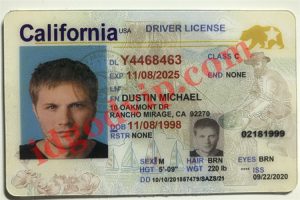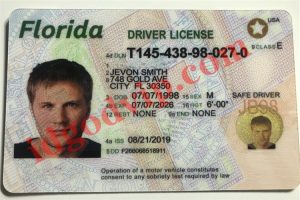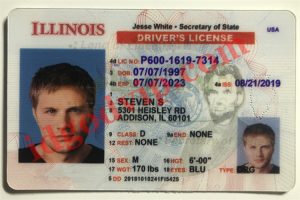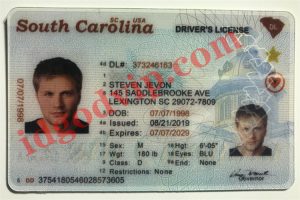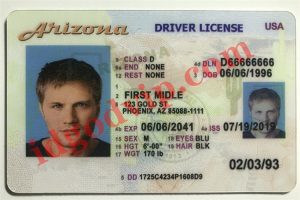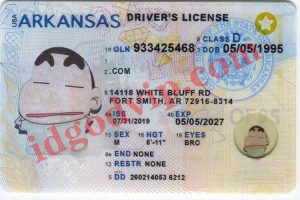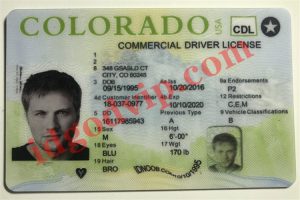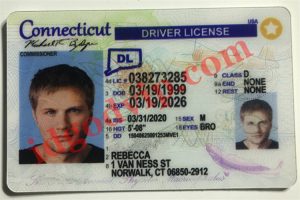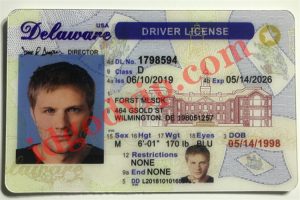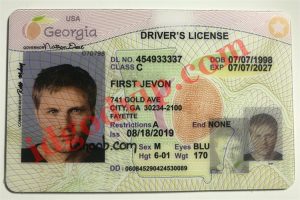How to Identify a Good Fake ID
The first thing I do on this planet is a very definite, unusual ability that an individual develops during his work. A woodworker can measure the length of anything by glancing at it, a planner can quickly draw an extremely accurate picture from memory, and so on.
This article comes from one of these special abilities. One of my companions in Boston was a bouncer at a bustling bar. From his work, he’s really good at spotting id card fakes.
It’s not the expertise many people think it is. In fact, even bars don’t think about it very often. Most bars are only really superficial about fake ID cards: twisting the ID card to make sure it’s made of the correct card stock, trying to peel off the edges, checking photos with individuals, and conceivably asking individuals for their addresses. If they can, the bar can also try to filter the ID and check if the scan matches.
These helped uncover horrific fake IDs. They are futile in tracking down great scannable fake ids.
A decent fake ID will use the equivalent card as the real ID. Their covers cannot be taken off. Their photos will be photos taken by the individuals themselves. Their information will be real information placed by the individual themselves, and the ID will be searchable. It will display the exact same ID information.
To spot a decent fake ID, you need to get smarter.
This is how you implement it.
1. Actual Look at the Edge
Feel the edge of your real driver’s license. You will see that its adjusted corners are smooth. This is because your ID card is laser cut.
The fringes of my actual personality. It feels so smooth.
id card fake may have unpleasant edges, or several strings. This is a characteristic of hand cut or machine cut IDs. These are all fake.
The edge of a fake ID. It’s harsh to the touch because those little taps and edges hit your fingertips.
2. Actually looking at the cover
Properly covering hard plastic is a challenge. Fake IDs have been around since the days of just sticking the cover, but that doesn’t mean the coverage is great.
On your real ID, the overlay is barely recognizable except for a slight sheen. It closes at the end of the card, but assuming you take a look at the edge of the card, you can see several layers: overlay, cardstock, and possibly an overlay.
my real ID. The cover sandwiches the card, but it’s barely legible.
Covers don’t stick well to fake ids in most cases. Knots or soil may appear under the mulch, especially around the edges. It also often pokes out the edge a bit, you can check if you’re scribing directly on the edge.
So far, the soil is under this modest cover.
Regardless of whether the film is accurate or not, fake ID makers have a hard time getting movies that look like real ID makers. They use options, which are often too smart. You can also often see this outrageous reflectivity on counterfeit logos.
The impression of this fake visa is amazing. When I put it in bright light, it can’t read.
3. Check for raised and indented lettering
Your ID is shown and indented in several sections. On my Massachusetts scannable fake id, my date of birth is displayed in the bottom right corner, and my initials and year of birth are indented below my photo.
The raised letters on my real ID are intact.
As I run my fingers over the indented letters, I can clearly feel the space.
Doing so is cumbersome and expensive. Cheaper ID producers may try to trick it, especially with indented fonts. They just eschew the spaces and keep the letters in line with the rest of the card. You can feel it with your fingers.
Shadowed, raised text styles are especially troublesome. The creators of best fake id have worked hard to diversify the letters, leaving spots or spots on the letters entirely.
Note the special “3D” effect on one side of each raised number brought by the non-full variety number.
4. Actually looking at multidimensional images
3D images used to be a high-level security measure, including on IDs. Sadly, this is no longer true. Most fake ID creators definitely favor 3D images.
Nonetheless, they actually destroy the nature of multidimensional images. For example, on my Massachusetts license, there is a multi-dimensional image of a bird. It has a few highlights that fake id creators can’t imitate: a small eye, small letters that say “Massachusetts,” and my initials and year of birth.
You should have the option to tell this is a 3D 3D image for the application. This bird has some eyes.
Not many id card fake creators can directly imitate multidimensional images of this quality. So they will try to defraud. They will most likely print the 3D image directly on cardstock, and I’m sure the individual will not understand that it was not made by any imagination. Or on the other hand, they might drop any excuse for eliminating the eyes.
This 3D image was recently printed and not applied.
Regardless, if you fully understand how the correct 3D image looks, especially how the visualization is elevated and isolated from the actual card, you’ll have no problem spotting it when the fake ID creator drops it.
5. Really look at the back
Fake ID creators make scannable fake IDs that are enough to satisfy the exhausted bouncer or the bench who just spent the last $100.
What do the two parties actually share? They actually look at the front of the ID card and then scan the back.
Fake ID producers know this. So the letters on the back of them are usually cheaper. Unlike the letters on the front, the letters on the back can be lost, found or merged.
What’s with the comma and that t ? influential!
6. Check for Laser Penetration
Another unusually normal safety highlight is the laser drilling. It’s easier to check if you’re checking out on the back of your ID. You’ll see very few openings, most likely the state of your state.
This is Massachusetts. These are tiny, well-pressed openings.
To make spotless, fully adjustable openings, you need expensive lasers. As you’ve probably discovered by now, this isn’t something fake id websites would normally have.
So they went all out on machine stepping. This can make openings that don’t adjust look untidy or slightly scarred.
Openings collide with each other, and the dispersion seems completely arbitrary.
7. Check Photos
Do you remember when you took pictures of your license? They put you in front of a clear foundation. There are areas of light intensity everywhere, and they take top-notch photos.
This is my ID photo. Note the unusually dim shadows under my chin and behind my ears due to the steady direct lighting.
This is not how individuals take fake id photos. Their companions took pictures with their camera phones in front of a transparent wall. The fake ID maker then Photoshops the photo onto the ID card.
Therefore, in a fake ID photo, there may be artifacts left by Photoshop, such as hair fringes. Solid direct light may not produce shadows. Photos may be of poor quality or foggy.
The edges of the hair are given a simple Photoshop treatment.
No jaw shadow.
Did she splash it? Where are her pores?
all in all
Fake IDs have exceeded anyone’s expectations, often driving a 19-year-old’s interest in bars and American urban communities for quality bars that pay special attention to underage drinking. This can be tricky because it also means that non-underage drinking scammers can also get very good scannable fake ids.
Still, these fake IDs are somewhat flawed. Whether you’re curious about separate state ID cards or public visas, you can identify counterfeit travel documents in any situation. You just have to watch carefully.
